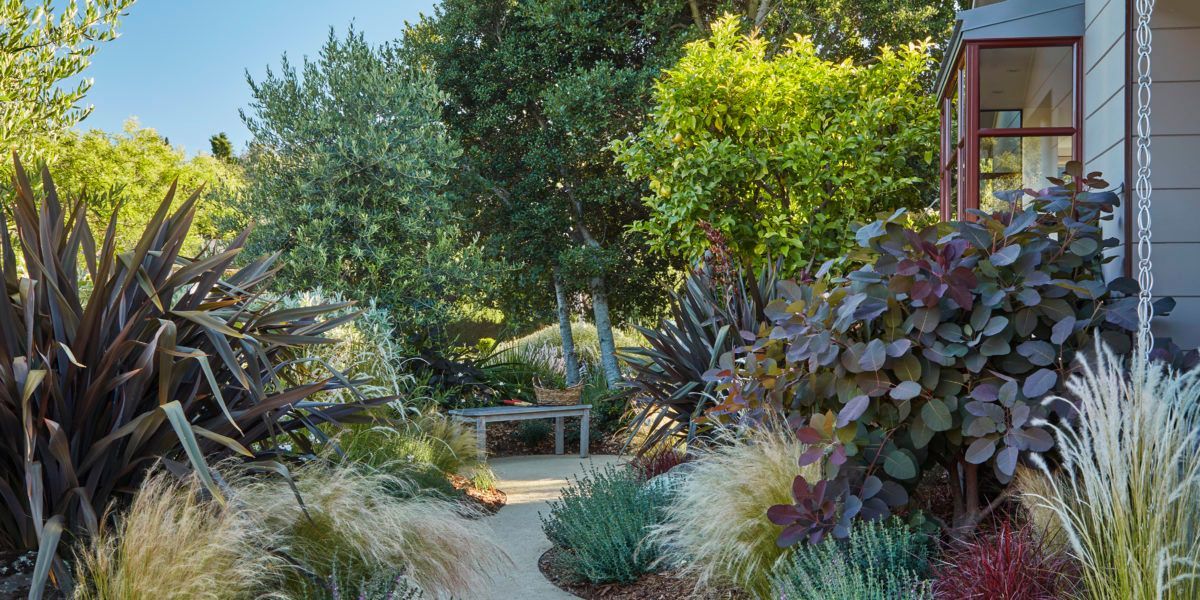
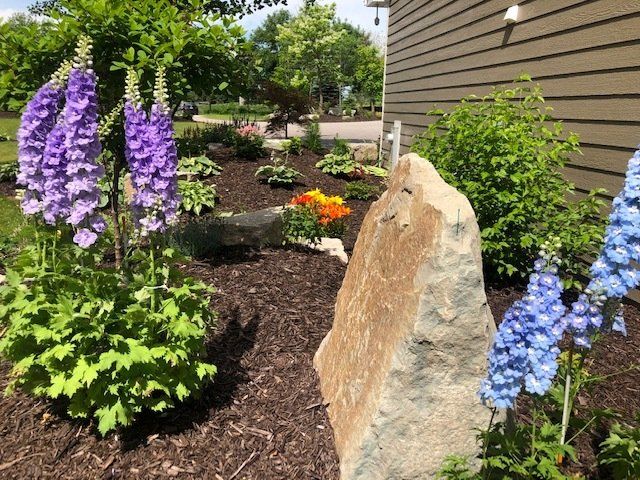
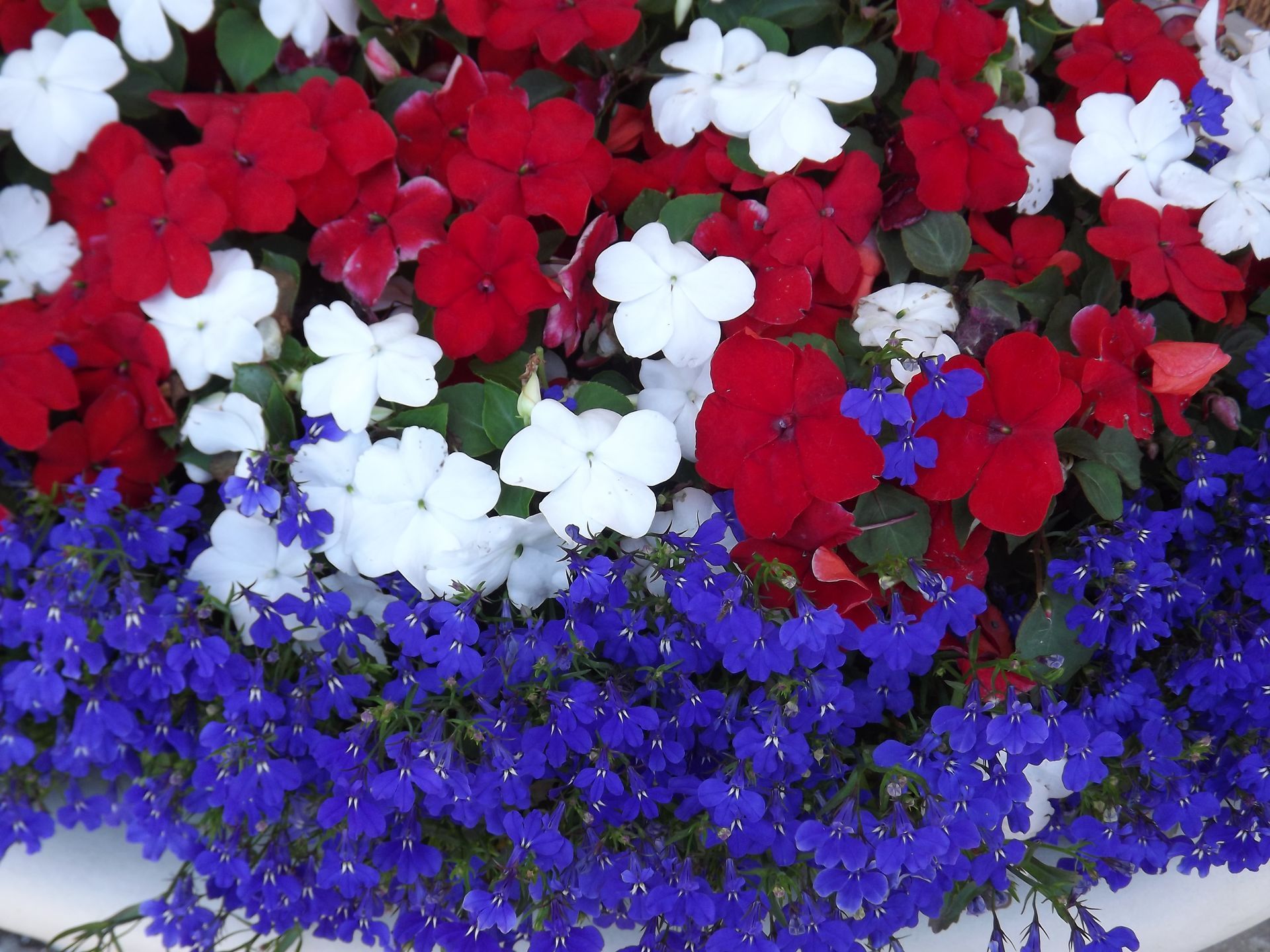
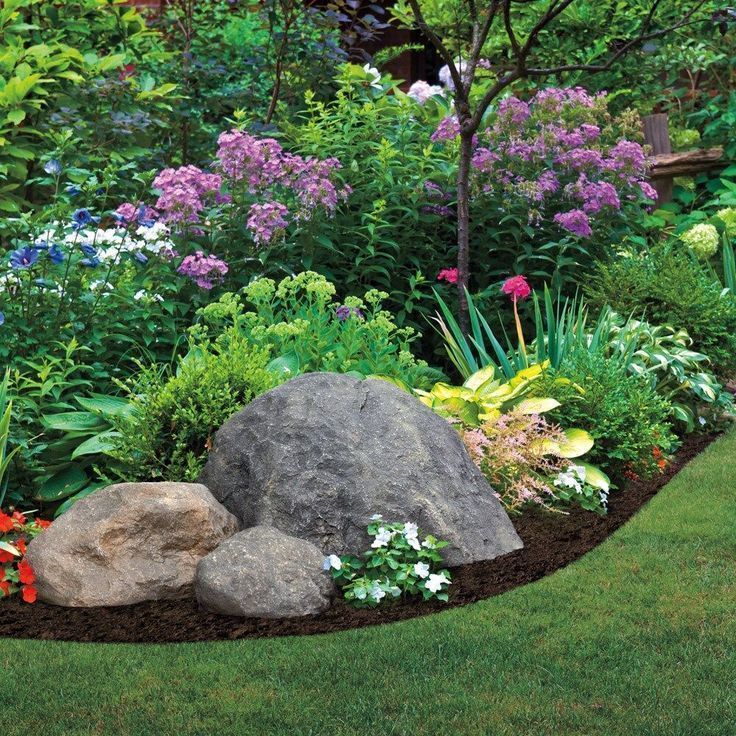
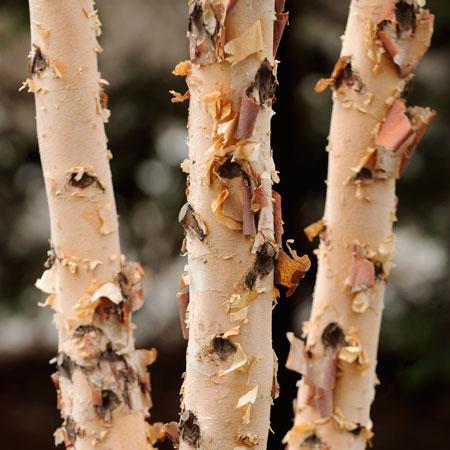
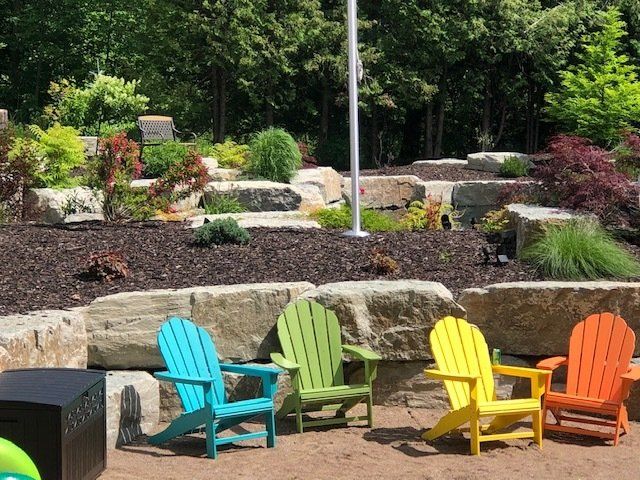
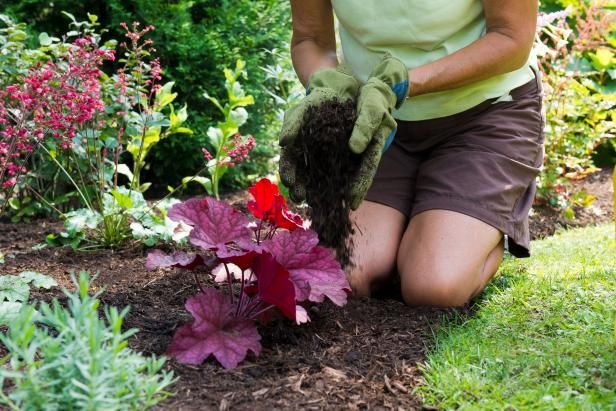

Beat the heat. Here's how to keep your yard looking lush and lively in spite of the temperature gauge.
Intense summer heat can shrivel up a garden in no time. And rain is not always timely. These tips will help keep your home landscape looking fresh and lively.
Mulch
Mulch is an unsung hero of the garden. Aesthetically, it finishes off a bed and makes a planting look more cohesive. Culturally, it conserves moisture, keeps the sun from baking the ground and discourages weeds. And if it’s an organic mulch such as wood chips or shredded leaves, it eventually breaks down and feeds the soil. Always match the type of mulch with the plant. For instance, drought-tolerant cactus and succulents do better with a stone mulch, while most other garden plants prefer an organic mulch.

Use a Soaker Hose
Irrigation is key, especially when the weather turns hot. Avoid watering during the heat of the day when evaporation is greatest. Morning watering is best because foliage can dry before nightfall and won’t be prone to foliar diseases. Use a soaker hose and lay it at the base of plants. A soaker hose “perspires” moisture slowly onto the ground. No wet foliage. Less evaporation. Easier watering. And ultimately happier plants.
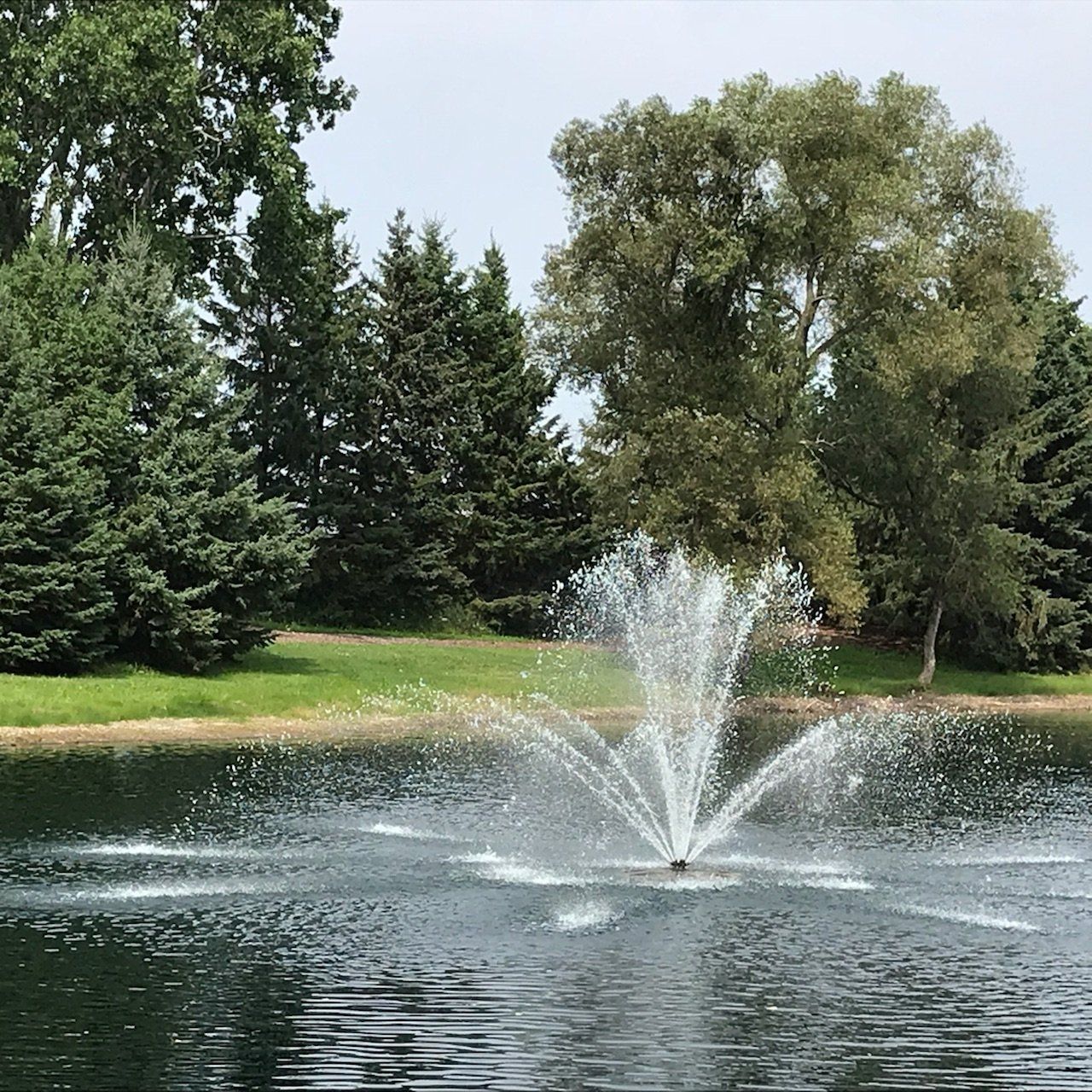
Go Native
Swap out needy plants with native plants, which grow naturally in your area and are well-suited to the conditions. These plants can fend for themselves and need little or no pampering, other than consistent watering when getting established. Your local cooperative extension will have a list of plants suited to your region. Don’t depend solely on the selection at the garden center because the inventory sometimes includes plants that aren’t winter-hardy.

Throw Some Shade
Shade is a gardener’s best friend when temperatures soar. A little protection during the hottest part of the day helps other plants hold up better than they would in full sun. Consider using a pergola or a well-positioned shade tree to provide some fleeting afternoon shade for a landscape.
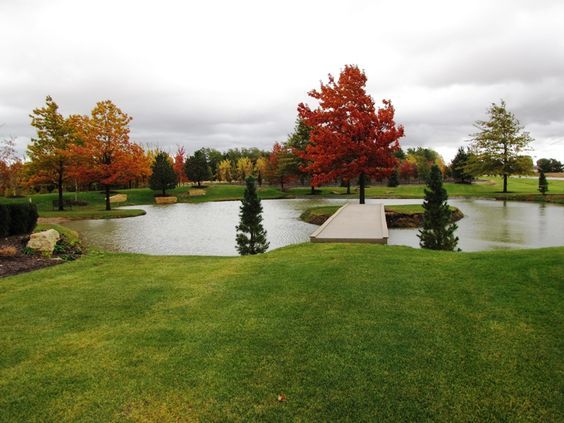
Avoid Problem Areas
Every garden has a potential problem area — too much moisture from a drainpipe, not enough moisture because of a roof’s overhang. Try to avoid planting in those areas unless you have a plant that can take the conditions. For instance, a red-twig dogwood will lap up the extra water, while a succulent such as sedum will fare better in dry conditions.
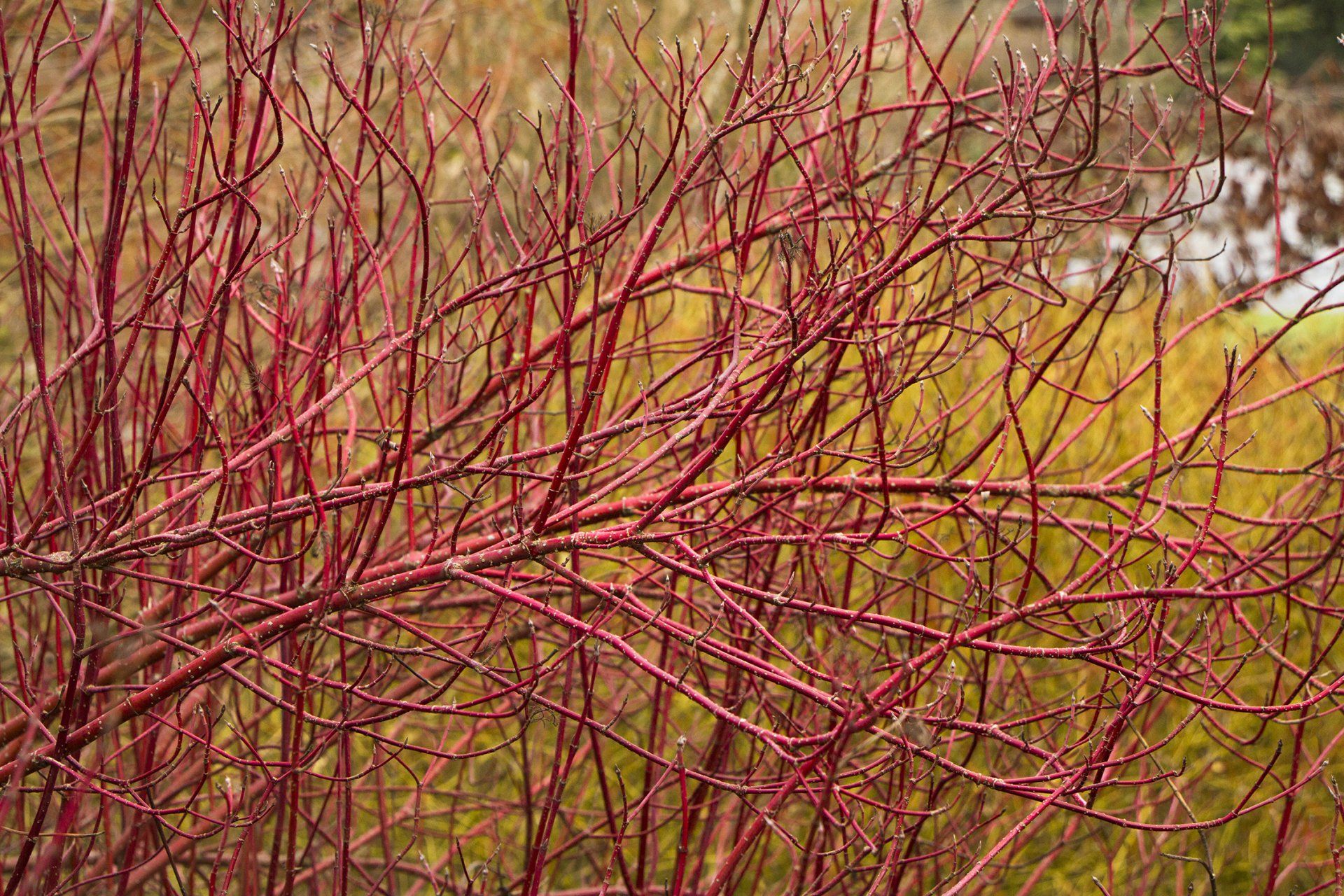
Source: https://www.familyhandyman.com/
Leave the guesswork to us and call us today for YOUR free estimate! 920.462.7041






